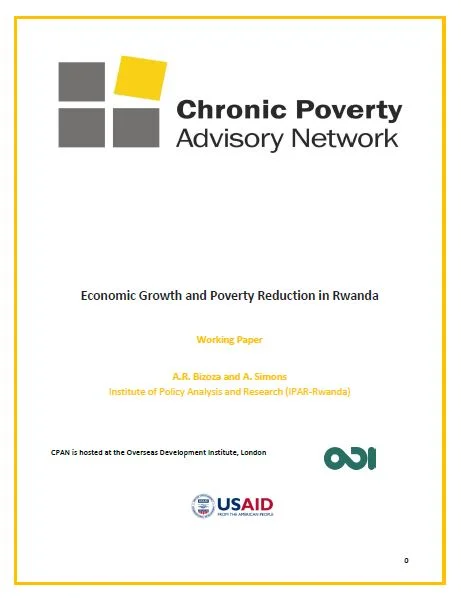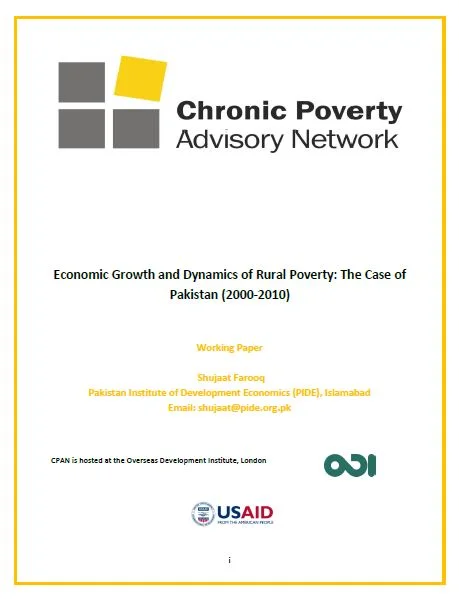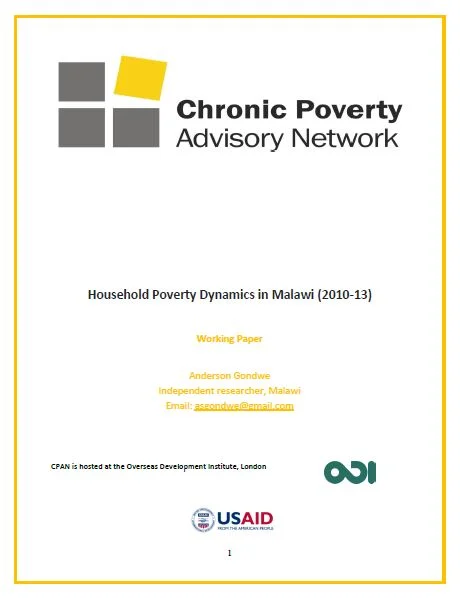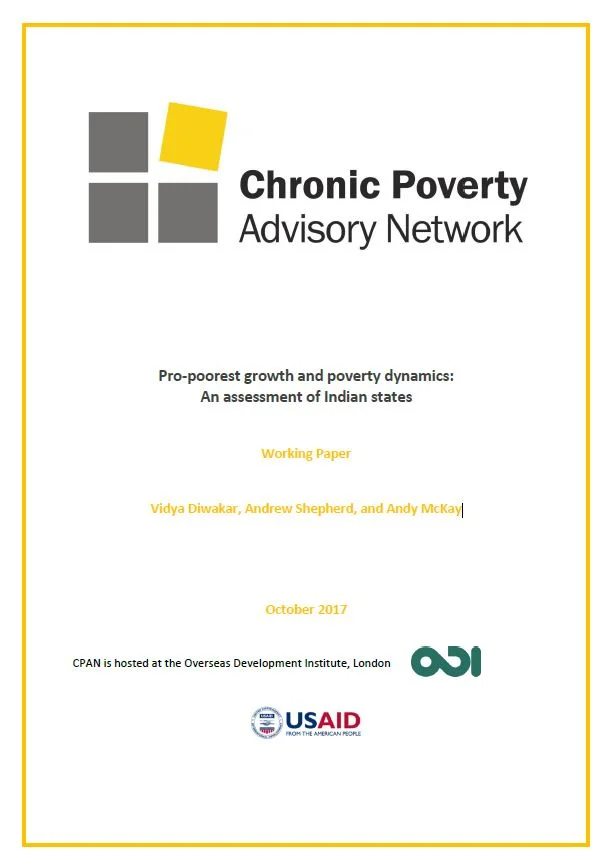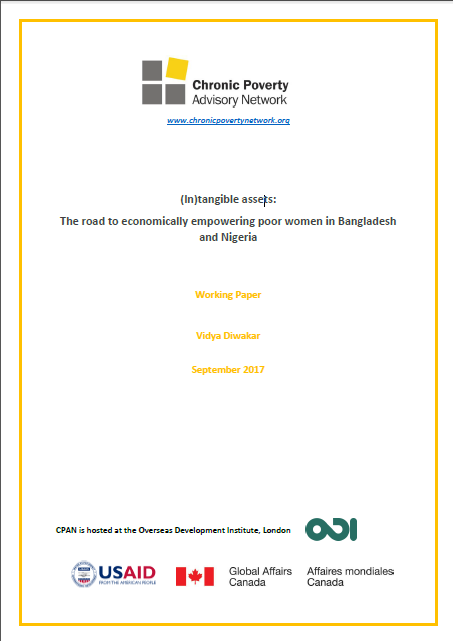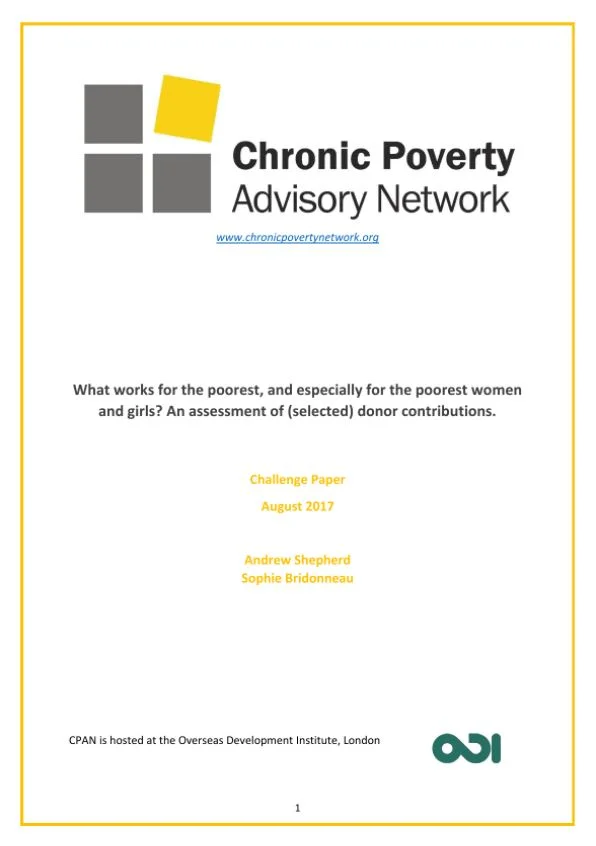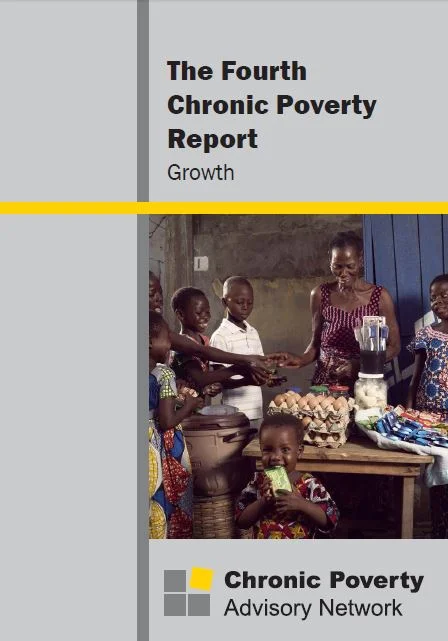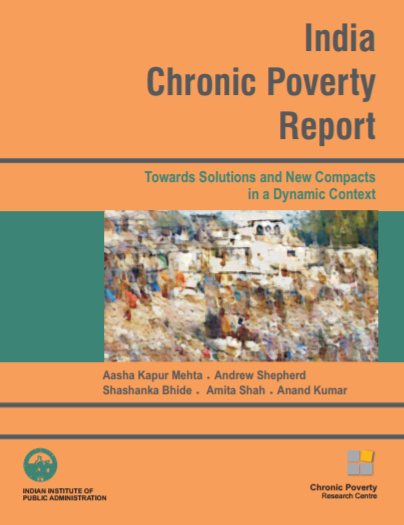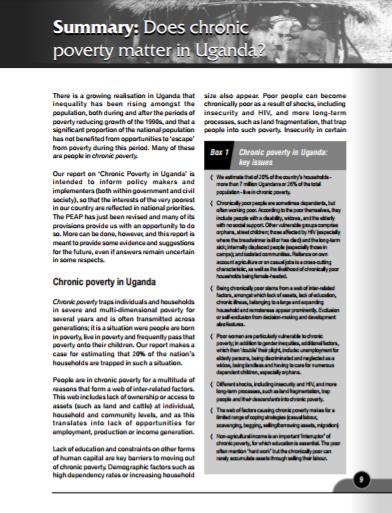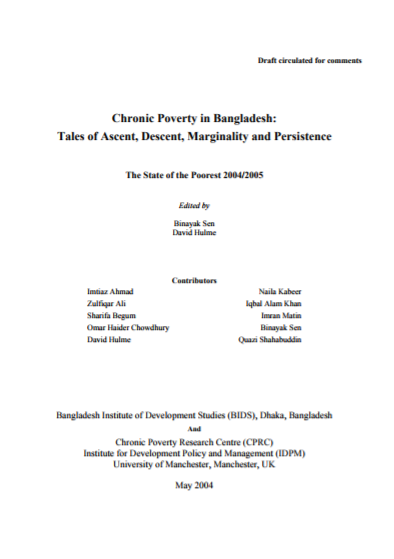Growing equitably, sustainably and leaving no one behind: a policy agenda for developing countries/for the poorest
The five years 2016-2020 will be critical to setting the direction for implementing the SDGs. If sufficient countries do have adequate policy frameworks and implementation processes by 2020, the likelihood of achieving the ambitious goals for eradication of poverty and deprivation will be significantly enhanced. The period 2016-2020, will be key to determine the extent to which the Sustainable Development Goals (SDGs), and in particular the Poverty Eradication target will be met by 2030.
Whereas there are areas of policy where there is a lot of evidence available on tackling chronic poverty, stopping impoverishment and sustaining escapes from extreme poverty – especially on the role of human development - there are other important policy areas where evidence is thinner. These include how to include the poorest in economic growth.
As part of the 'Resilience and Poverty Escapes' project, CPAN ihas recently published the 4th edition of the Chronic Poverty Report series -The Chronic Poverty Report on Growth - which analyses the relation between poverty and pro-poor growth. The report aims to put in front of economic policymakers in developing countries and international agencies evidence about the type of growth and the policies and interventions that will best allow the poor to escape poverty and stay out of it through growth.
Moving from our previous analysis and evidence from a growing database of country studies of poverty dynamics, it emerges that most people sustaining their escapes from poverty through small, usually informal, investments by individuals and households, enabled or disadvantaged by their working environments. This is what we called ‘Growth from Below’. This is the ‘big idea’ embedded in this report: most governments promote ‘growth from above’, involving large, formal investments, while most people escape poverty through ‘growth from below’. As such, this report analyses policies and programmatic approaches that directly help people out of poverty through the informal economy, women’s economic empowerment and the inclusion of most marginalised groups, agriculture, the rural non-farm economy and migration
The research that has led to the Chronic Poverty Report on Growth has included:
A study of poverty dynamics and growth incidence, investigating the relationships between the distribution of benefits from growth (via Growth Incidence Curves) and poverty dynamics, and joint and separate drivers of the two. This study would draw attention to both policy and non-policy drivers. A series of country reports that look at the relationship between household-level poverty dynamics and patterns of growth incidence amongst the poorest people in Tanzania, Rwanda, Ethiopia, Malawi, Cambodia, Nepal, Philippines, Niger, Uganda, Bangladesh, India, Pakitan. See below to browse these studies.
A series of studies on women’s economic empowerment, with empirical analysis of Bangladesh and Nigeria, as well as an analysis of donor initiatives for chronically poor women.
More background information and studies on the report can be found in the the blog post Economic Growth, the poorest and the 4th Chronic Poverty Report - a discussion which summaries the discussions held at the Technical Workshop for the 4th Chronic Poverty Report at ODI, in London, on the 19th June.
Photo credit: Harvesting. India. Photo: © World Bank / Curt Carnemark

